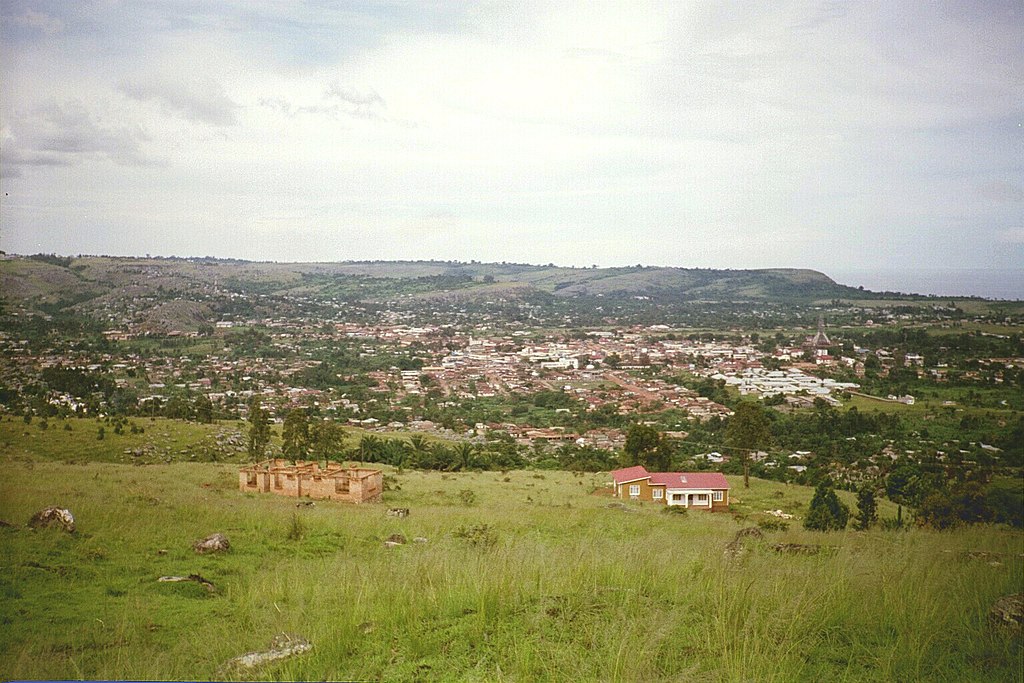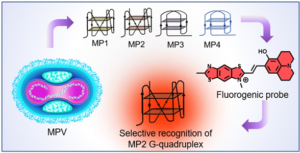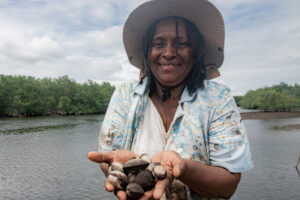
Kagera Region's capital city Bukoba. Photo by AnderssDK
Dar-Es-Salam/Geneva: On Tuesday, March 21, 2023, Tanzania confirmed its first known cases of Marburg virus disease and as of today, eight cases have been confirmed, including five deaths. More than 160 contacts have been identified and are being monitored.
The Minister of Health of Tanzania, Ummy Mwalimu, said that the investigation by the National Laboratory confirmed the presence of the Marburg virus which causes the Marburg Virus Disease (MVD) in the Kagera Region which has caused the death of five people so far.
National responders trained jointly by the World Health Organization (WHO) and the United States Centers for Disease Control and Prevention (US CDC) have been deployed to the affected region to conduct further investigations, monitor contacts and provide clinical care.
Tanzania could confirm the outbreak after the first samples were tested at a mobile lab that was set up as a result of work supported by WHO last year. The mobile lab was set up to prepare for outbreaks of viral haemorrhagic fever, including Ebola and Marburg.
WHO said it has offered further support to the government of Tanzania.
“The developers are on board, the clinical trial protocols are ready, the experts and donors are ready, once the national government and the researchers give the green light,” Dr Ghebreyesus said.
It may be mentioned that a month ago, Equatorial Guinea also reported, for the first time, an outbreak of Marburg virus disease. Since the first Disease Outbreak News on this event was published on February 25, 2023, eight additional laboratory-confirmed cases of Marburg virus disease (MVD) have been reported in Equatorial Guinea, thereby bringing the total to nine confirmed and 20 probable cases.
WHO Director-General Dr Tedros Adhanom Ghebreyesus said in Geneva that the organisation has deployed experts to Equatorial Guinea to support the government’s response, and to strengthen community engagement.
MVD is a highly virulent disease that causes haemorrhagic fever and is among the viral haemorrhagic fevers that require assessment under International Health Regulations. Marburg belongs to the same family of viruses as Ebola, causes similar symptoms, transmits between humans the same way, and like Ebola, has a very high fatality ratio. While there are no approved vaccines or therapeutics for Marburg, WHO is leading an effort to evaluate candidate vaccines and therapeutics, in the context of the outbreak.
Marburg virus and the closely related Ravn virus are the causative agents of Marburg virus disease, which has a case-fatality ratio of up to 88%. Marburg virus disease was initially detected in 1967 after simultaneous outbreaks in Marburg and Frankfurt in Germany, and in Belgrade, Serbia. Rousettus aegyptiacus fruit bats are considered natural hosts for the Marburg virus, from which the virus is then transmitted to people.
Marburg spreads between people via direct contact through broken skin or mucous membranes with the blood, secretions, organs or other bodily fluids of infected people, and with surfaces and materials such as bedding, and clothing contaminated with these fluids. Healthcare workers have previously been infected while treating patients with suspected or confirmed MVD. Burial ceremonies that involve direct contact with the body of the deceased can also contribute to the transmission of Marburg.
The incubation period varies from two to 21 days. Illness caused by the Marburg virus begins abruptly, with high fever, severe headache, and severe malaise. Severe watery diarrhoea, abdominal pain and cramping, nausea, and vomiting can begin on the third day. Severe haemorrhagic manifestations may appear between five and seven days from symptom onset, and fatal cases usually have some form of bleeding, often from multiple areas. In fatal cases, death occurs most often between eight and nine days after symptom onset, usually preceded by severe blood loss and shock.
In the early course of the disease, the clinical diagnosis of MVD is difficult to distinguish from many other tropical febrile illnesses due to the similarities in the clinical symptoms. Other viral haemorrhagic fevers need to be excluded, including Ebola virus disease, as well as malaria, typhoid fever, leptospirosis, rickettsial infections, and plague.
Laboratory confirmation is primarily made by RT-PCR. Other tests can be used such as antibody-capture enzyme-linked immunosorbent assay (ELISA), antigen-capture detection tests, serum neutralization test, electron microscopy, and virus isolation by cell culture.
– global bihari bureau





